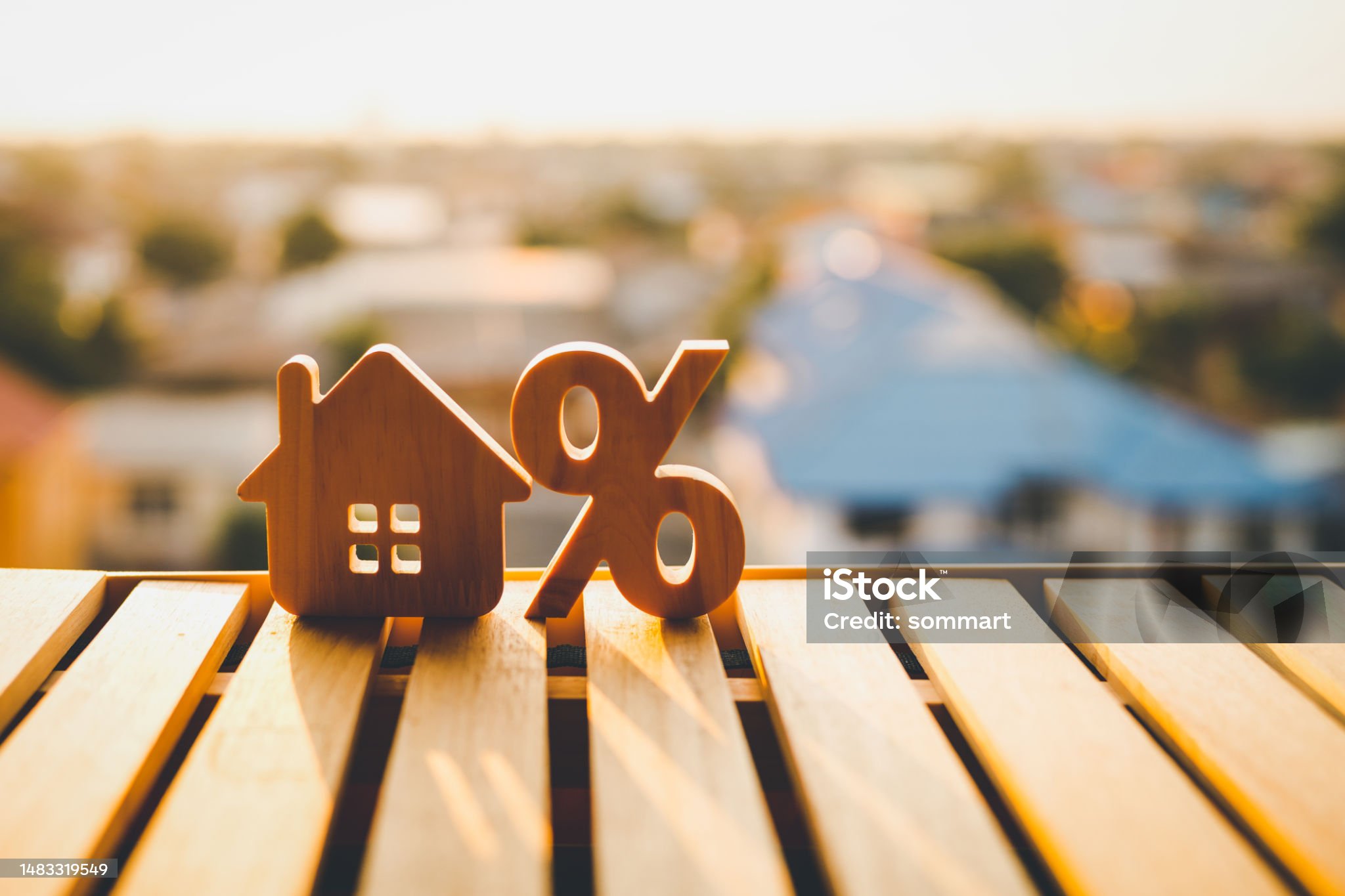Refinancing a mortgage is one of the smartest financial decisions homeowners can make to save money, lower monthly payments, or access cash for other financial needs. As we step into 2025, mortgage refinance rates are a hot topic, with many homeowners wondering if this year is the right time to refinance.
In this article, we’ll cover everything you need to know about mortgage refinance rates in 2025, including current trends, factors affecting rates, pros and cons of refinancing, and answers to the most frequently asked questions.
What is Mortgage Refinancing?
Mortgage refinancing means replacing your existing home loan with a new one, usually with better terms. Homeowners often refinance to:
- Lower their interest rate
- Reduce monthly payments
- Change loan terms (e.g., from 30 years to 15 years)
- Switch from an adjustable-rate mortgage (ARM) to a fixed-rate mortgage
- Access equity through cash-out refinancing
Mortgage Refinance Rate Trends in 2025
According to industry analysts, mortgage refinance rates in 2025 are influenced by inflation control policies, Federal Reserve interest rates, and housing market conditions. Here’s a quick snapshot:
| Loan Type | Average Rate (2025) |
|---|---|
| 30-Year Fixed Refinance | 6.1% – 6.8% |
| 15-Year Fixed Refinance | 5.3% – 5.9% |
| Adjustable-Rate Mortgage | 5.6% – 6.4% |
Note: Rates vary by credit score, lender, and loan amount.
Factors That Affect Mortgage Refinance Rates
Refinance rates don’t stay the same for everyone. Lenders consider multiple factors when offering you a rate:
- Credit Score – Higher credit scores usually mean lower rates.
- Loan-to-Value Ratio (LTV) – The more equity you have in your home, the better rate you’ll likely get.
- Debt-to-Income Ratio (DTI) – Lower DTI increases approval chances.
- Loan Type and Term – 15-year fixed loans usually have lower rates than 30-year loans.
- Market Conditions – Federal Reserve policies, inflation, and housing demand all impact rates.
Pros and Cons of Refinancing in 2025
✅ Pros:
- Lower monthly payments if you secure a lower rate.
- Shorter loan term can help pay off your mortgage faster.
- Cash-out refinancing allows you to use home equity for major expenses.
- Switching loan types (e.g., ARM to fixed) provides more stability.
❌ Cons:
- Closing costs can be 2%–5% of the loan amount.
- Resetting the loan term might increase total interest paid.
- Market uncertainty could mean rates won’t drop further.
- Qualification requirements may be stricter in 2025.
When is the Best Time to Refinance in 2025?
The best time to refinance depends on your situation. You should consider refinancing if:
- Your current mortgage rate is 1% higher than today’s refinance rate.
- You want to shorten your loan term without increasing monthly payments too much.
- You need cash from your home’s equity.
- Your credit score has improved since your original loan.
Tips for Getting the Best Refinance Rates
- Improve Your Credit Score – Pay bills on time, reduce debt, and avoid new credit inquiries.
- Shop Around – Compare offers from at least 3–5 lenders.
- Consider Points – Paying discount points upfront can lower your interest rate.
- Check Loan Options – Sometimes, a 15-year loan saves more money long-term than a 30-year loan.
- Lock Your Rate – If you find a good rate, consider locking it in to avoid market fluctuations.
Comparison: 30-Year vs 15-Year Refinance in 2025
| Feature | 30-Year Fixed | 15-Year Fixed |
| Average Rate | 6.1% – 6.8% | 5.3% – 5.9% |
| Monthly Payment | Lower | Higher |
| Total Interest Paid | Higher | Lower |
| Best For | Long-term affordability | Paying off loan faster |
FAQs About Mortgage Refinance Rates 2025
Q1: What is the current mortgage refinance rate in 2025?
A: As of 2025, 30-year fixed refinance rates average between 6.1% – 6.8%, depending on lender and borrower profile.
Q2: Is 2025 a good year to refinance?
A: Yes, if your current rate is significantly higher than today’s rates or if you want to switch to a shorter term.
Q3: How much does it cost to refinance a mortgage in 2025?
A: Closing costs are usually 2%–5% of the loan amount.
Q4: Can I refinance with bad credit in 2025?
A: It’s possible, but you’ll likely get higher rates. Government-backed loans like FHA may be an option.
Q5: What’s better in 2025 — cash-out refinance or HELOC?
A: Cash-out refinancing may offer lower fixed rates, while HELOCs provide flexible borrowing. The choice depends on your needs.
Conclusion
Mortgage refinance rates in 2025 are shaped by the global economy, inflation, and monetary policies. While rates remain relatively high compared to pre-pandemic lows, homeowners can still benefit from refinancing by lowering monthly payments, accessing cash, or paying off their mortgage sooner.
Before refinancing, carefully evaluate your financial situation, compare multiple lenders, and calculate long-term savings versus costs. Done right, refinancing in 2025 could be a powerful step toward financial freedom.

